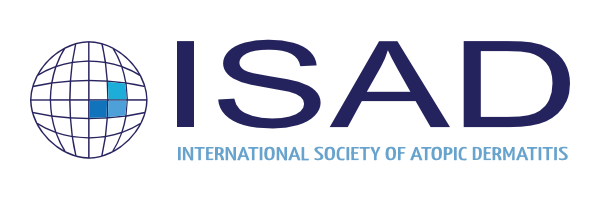A One Health Lens on Atopic Dermatitis: Integrating Wastewater Data into a Comprehensive Digital Framework—Is There a Role for Zoonotic Streptococci in AD Flares?
The publication by Oh et al. in Water Research (2025) [DOI: 10.1016/j.watres.2025.124012] marks a transformative contribution to environmental dermatology, offering a predictive surveillance model for atopic dermatitis (AD) that is deeply rooted in One Health principles and leverages the power of digital health, environmental bioinformatics, and machine learning.
From a One Health perspective—which recognizes the interconnectedness of human, animal, and environmental health, this study exemplifies the potential of non-traditional, cross-sectoral surveillance. The authors use a national database to extract episodes of care (EOCs) for AD patients and establish a digital health framework that integrates meteorological conditions, air quality data, human behavior (via crowdsourced web searches), and the human-derived wastewater microbiome to predict the nationwide prevalence of AD in Korea.
A particularly novel contribution is the study’s application of wastewater-based epidemiology (WBE) to a non-communicable, environmentally modulated disease like AD. Through 16S rRNA and metagenomic sequencing of influents from urban wastewater treatment plants, the authors identified inflammation-associated Streptococcus populations with close genetic proximity to S. parasuis, an emerging zoonotic pathogen. This approach, typically reserved for infectious disease surveillance, is here extended to inflammatory skin disease—positioning WBE as a tool not only for pathogen detection but also for exposome-informed chronic disease diagnostics.
In the realm of predictive medicine, this study is equally groundbreaking. By combining machine learning with explainable AI, the authors not only predict AD-related EOCs but also identify key environmental (e.g., ozone) and microbiological (e.g., inflammation-associated bacteria) predictors. These insights support upstream interventions—targeted public health messaging, environmental policy, and resource allocation—before clinical cases escalate.
This digital health model offers several advantages for clinicians and public health professionals. The integration of real-time data from web searches and environmental sensors enables proactive responses. It is non-invasive, anonymous, and adaptable to other urban contexts and diseases, reinforcing connections between dermatology, environmental science, urban planning, and data science. For specialists in atopic dermatitis, the implications are profound: AD is not only a condition of barrier dysfunction and immune dysregulation but also a disease influenced by environmental dynamics and community-level microbial exposures. This study affirms that AD surveillance can extend far beyond clinic walls—into the air we breathe, the digital traces we leave, and even the wastewater we flush.
RAJKA-ISAD 2025 UPDATES

GET READY!
- The Early bird rates deadline is postponed to August 10!
➜ REGISTER NOW to benefit from -25% discount! - 149 abstracts submitted!
➜ All accepted abstracts will be published in ActaDV on October 24th. - Call for Late-breaking abstracts opens soon (Aug 4th to Sept. 10th)
- Check with our Partners / Sponsors and benefit from a discount on registration!
MISINFORMATION & ATOPIC DERMATITIS
NEW VIDEO FOR YOUR PATIENTS
Ever heard of Topical Steroid Withdrawal (TSW)? It’s often mistaken for severe eczema. Join dermatologist Dr. Alpana Mohta as she breaks down everything you need to know about TSW—symptoms, treatment, and how to get the right diagnosis—in just two minutes.
#StayInformed:
Explore the Latest in AD Research!
News on PubMed:
Dive into our curated selection of cutting-edge studies from PubMed, offering valuable insights into various aspects of Atopic Dermatitis:
- TSST-1 on the Skin: A New Biomarker for Atopic Dermatitis Severity
- New Insights from Canine Atopic Dermatitis Epidemiology
- Novel Genetic Insight in Eczema Herpeticum Susceptibility
- A New Approach for Pediatric AD Care: Home-Based Inpatient Program Shows Promise
- Algorithms for Eczema Herpeticum


